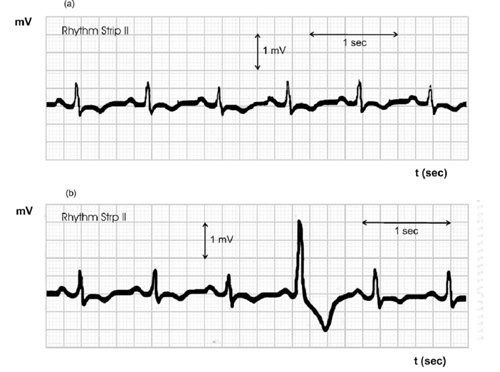
I want to offer a shoutout to our often-unheralded team members that we rely on every day. This group rarely gets the praises of the “big sale” or is on the show floor at big events, like trade shows in Las Vegas, Orlando or Chicago. But, this team is often the backbone of the organization, adds value daily and is vitally important to the company in terms of problem-solving, new product ideas, getting an order over the finish line and even preventing a client from defecting to another manufacturer.
Who are these individuals, and why are they so important? They are our water and wastewater pump engineers and tech service reps (TSR). They are a vital connection between manufacturing, operations, engineering and the entire commercial team—through innovative product design ideas, improved manufacturing processes, improved packaging recommendations and adding value throughout the commercialization process. They have valuable input and user feedback that is critical to successfully launching products and supporting both current and legacy products in the field.
I would go so far as to suggest that they are as vital to our industry as doctors are to the health care industry—after all, the heart is the pump that makes the body run. If a wastewater pump slows down, speeds up or stops working completely, the entire pumping system is affected. This can also be relatable to the human heart, which can run too slow, too fast or not efficiently, which causes the body to show signs of reduced performance. In either case, it is time to call in the (pump) doctor.
During my 30-year career in the pump industry, I have been blessed to have worked with many talented, professional and amazing pump engineers and TSR teams. They tirelessly answer the call never knowing what the next issue will be but nevertheless are excited to see where the next challenge takes them.
While it may seem a stretch to compare the roles of a heart doctor to a wastewater pump engineer in their respective industries, there are several basic steps that are similar. Let’s explore a few of these, including the issue assessment, primary diagnosis, input, data collection and finally the prescription.
When a pump starts acting up, it often exhibits several signs that let the water or wastewater professional know that there is a possible event about to happen. The initial assessment happens when the pump user calls in to explain what is happening and what may have led up to the call. It could be a leak, noise, smell or even unexpected temperature changes. The same could be said for the human body when someone calls in for a doctor’s appointment. It is time to discuss the symptoms and think about the causes. This is where pump engineers and TSRs add value by using their extensive experience and hands-on product knowledge to begin to narrow down possible causes—whether it is system related, product related, a component issue or possibly operator-related.
The diagnosis step is where they want to further narrow down the condition and get to the root cause of the issue. Once all the additional poking and prodding is complete, the engineer or doctor will start to evaluate and refine the findings from the assessment. Using their experience and training, they can propose their verdict. At this point, they may determine it is a seal issue or a line constriction somewhere in the system or even that the pump needs to be sent in for a more thorough evaluation.
Both professionals will also want to extensively collect data to fully understand all aspects of the system. This leads to a visual description or rough drawing to get a better estimate of the entire system and where the trouble may lie. Luckily, they can be also done with scanned drawings, pictures of the pump and system or on a video-conference call in real time, just like a doctor reviewing a blood test report, lab results or an X-ray. As part of the collection, they will want to confirm all the vitals of the system: pressure, flow, head, temperature, fluid in and out and overall system requirements to ensure the requirements are met. Similar to accurately reading an X-ray or EKG, pump engineers will examine the pump curves and related documents. Both take skill, experience and specific expertise to make sure everything is correct and within limits.
Finally, it will be time to prescribe a solution to the problem. Based on what was evaluated, determined and confirmed, the prescription is offered. Just like the doctor writes a prescription for antibiotics or a lifestyle change, the pump engineer prescribes the solution. It is based on facts and a full understanding of the situation and comes after carefully investigating all contributing aspects.
I would never suggest that you should visit a pump engineer for the flu, nor should you visit a doctor for a pump not hitting the required operating point on a curve. However, I will suggest that with the same care, empathy, understanding and expertise, the pump engineer is there to help and is indeed a vital part of every pump organization.

